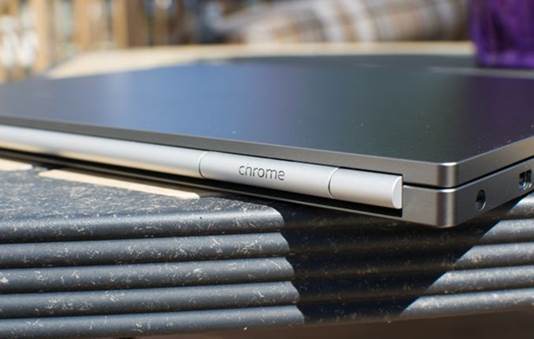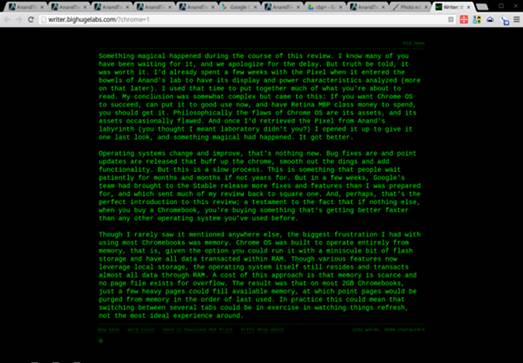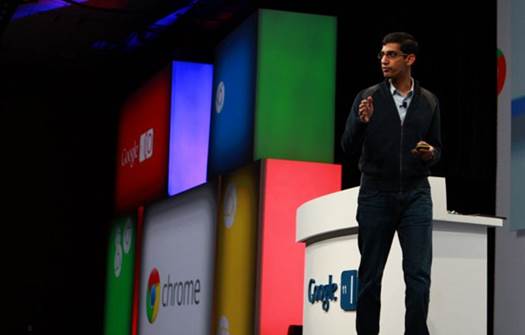Status
Let’s spend a minute talking about the
class icon. In every culture, certain things become luxurious when carrying
value and importance beyond themselves. In the heroic ages, a scar denoted
praiseworthy service in combat. Being Stout in the middle age was as good a
symbol of wealth as the current Gucci bag. The fashionable accessories are
class icons today, which is a clear indication that our culture is the material
culture and obsessed by wealth. Can dissonant, but not all class icons are
frivolous.
For a long time the devices were class
icon, such as the time of the Motorola "brick" phone, then color TV
and FM radio. However, the technology itself is not enough to become an icon of
class, because while the $1,200 purse will remain far beyond the crowd, all
technology utensils will eventually be mass produced and sold at Walmart. For a
device is a class icon, it takes more than just hardware and software, though
missing on either of these can break down. Class icons are attractive. They are
unique, although the quality is often short-lived. And they are expensive.
Motorola StarTAC is the class icon. HP LaserJet 1200 is the class icon. The
first HDTVs of Sony are class icon. And, of course, there is Apple. Apple
generated the class icons. All items they participate trends in style,
providing the commendable user experience, and more expensive than rivals.
Google is almost entirely absent from the
long list of class icon. In some degree, it is part of the company's
properties. Their goal provides users with the best user experience possible,
and the best price possible, which are usually free. Doing something for free
can actually increase the initial attraction, but it does not create good class
icon. Even Google's Nexus line has really built up the class icon for the devices
I doubt that my wife could indicate the Galaxy Nexus from across the room, let
alone the Nexus 4. Google is the service company. They developed the search
tools, email applications and cloud-based solutions. They help you to keep your
schedule, cataloged work and your life, find a good Chinese restaurant nearby,
and play some Angry Birds games while you wait for food ready. They are useful,
even necessary, but tedious, and unlikely to sell something that you crave in
an excessive and completely lacked logic. Right?

The
exposed hinges are covered by a silver pipe running the width of the device
It appears in a typical small box. I mean it
is not the typical case for Google. I mean typical for an industry already knows
that the gaudy packaging may hinder rather than helping sales. Although it
looks like you will push the indentation of the pack to slide the box out of
its sheath, opening is really made by lifting the lid that is held in place
by magnets. I'm a cheap date when it comes to packaging. Magnets will always
convince me. Once exposed, the gray slate is irresistible. The exposed hinges
are covered by a silver pipe running the width of the device. Aluminum is cold
to touch, and the only flourish is the LED strip under the cap, dormant, but
not exciting to its potential. It's lighter than you expect when you pick it
up, and feels sturdy, not only hard feelings, it also feels like an aluminum
block weighs less than 3 pounds. The right angles abound but are softened with
beveled edges making it comfortable to hold and touch. Its thickness is uniform
across its length, and with the same weight, no tilt to the rear of the other
laptops. Almost without thinking, I bent and twisted devices; my hands try to
create a creak or bend from the chassis. Put it down and lift the lid up, it
boots in seconds, and reveals an image so rich with details that I have to
close for a closer look. Chromebook or not, Pixel is the class icon. And I want
it.
Utility
Every time we revisit the Chrome OS, we
always ask, "Can we work with it?" As a writing tool, there is no
controversy. Nothing causes distractions, just you and writing web
applications. That's not all what you can do with Chrome OS, web applications
are becoming more powerful and attractive user because of their ubiquity. Any
modern device with a browser can run one web application and provide the same
experience regardless of the device context. The appeal is primarily to the
developers that do not need worry about keeping the separate code branch which is
updated and optimized on the different platforms. When HTML5 and Java go on,
applications build with them which have become more ability and better to be
able to use local resources for computation and data. You can imagine one graph
chart that parallels "Compute moves to zero" of Intel, where instead
of measuring the size, you will measure the limitations of browser-based code.
So, when anything can happen in the browser, why not live entirely in the
browser? In short word, because we do not go there.

Web
app Writer, a very minimalist text editor
Why not Android?
The argument looks like this: Google has a
great browser, and excellent application platform, they should combine them in
one laptop. Therefore, the Chromebook will become Androidbook. It appears every
time a new Chromebook unveiled. It's the idea that is not entirely
unreasonable. Android runs on ARM and x86 chipset. It runs Chrome. It has a
huge application. But all that overclock one important factor: the laptop is
not the phone or tablet. Chrome OS works because the PC is the completely
different user experience than mobile. And Google believes that the benefits of
desktop environments can be best served by just one application: Chrome.

Google
SVP Sundar Pichai, introducing Chrome OS at Google I/O 2011
Despite this song introduced Chrome OS in
2009, the recent situation at Mountain View has led to a lot of people
predicted the combination of Android / Chrome OS in the future. Andy Rubin,
creator of Android, is doing some secret works for Google, and Sundar Pichai,
caretaker of Chrome OS, now manages two experiences. Put all of the software
parts under a leader seems reasonable to me, not as a harbinger of fusion.
During the past 18 months, Google has made a capital expansion redesign of
all of their assets, tried to bring style and unified user experience to every
products that they offer. That experience is led by the groups in the
department of Rubin and Pichai, along with the groups for Gmail, Google+ and
Search, and all the other products that Google offers. But the part that
handles its own software, not only the service and website, that are the parts
of Rubin and Pichai. The combination of the two groups is more closely than a
design perspective and philosophy. The combination of both functions into a
monolithic slab is not.
Chrome is about the best web experience
possible, regardless of platform. Android is about the computing experience and
mobile software that bases on applications and integration with Google services
that provide utility. They are two separate directions, web and applications,
and Chrome OS is the purest distillation of Chrome experience. Shoehorning
Android into the Pixel will not provide the best thing of two worlds it would
mean forcing one typical application that is designed for one phone to a laptop
really good. If the distribution is still a problem for Android developers,
imagine what happens if you ask them to design their apps to work on phones,
tablets, televisions and laptops. It will not be interesting.